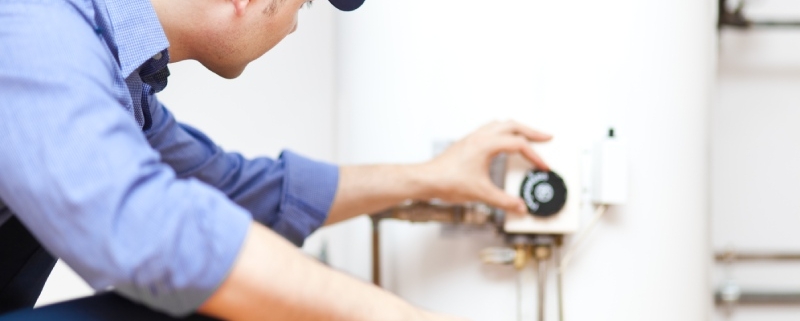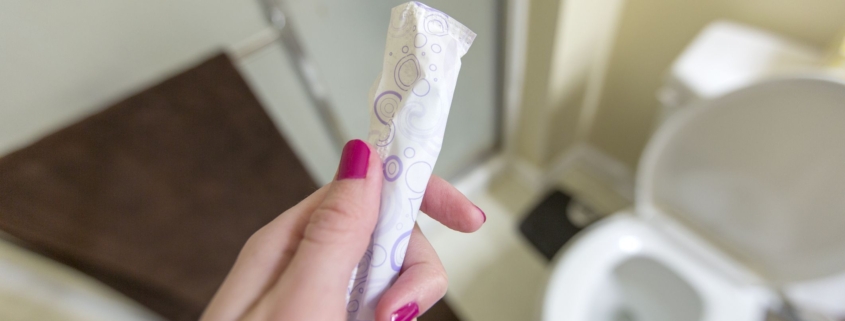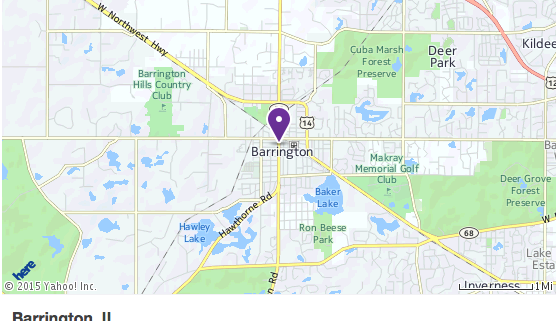Let’s be honest: do you take your hot water supply for granted? Don’t worry if the answer’s yes – we all do!
To keep your home water supply running smoothly, though, you’ll need to drain the water heater tank regularly. And if you’re feeling confident, it’s something you can attempt to do yourself. So, here’s how to go about draining the tank, and when to call a plumber.
Do You Need to Drain a Water Heater?
Yes. Over time, sediment builds in the water tank. This build-up causes corrosion, and it could shorten your tank’s lifespan. It could also cause leaks, clogs, and eventually lead to no hot water.
How Often Should You Drain a Water Heater?
The general consensus is that water heaters should be drained at least once a year. However, if you’re in an area with “hard” water, consider draining the tank every six months.
How Long Does it Take to Drain a Water Heater?
Want to know how to drain a hot water heater quickly? The good news is that the process is quick! The whole job can be completed in under 60 minutes.
How to Drain Your Water Heater
Are you ready to drain your water heater? Here’s what to do.
- Shut off the power and water supply. Otherwise, you risk flooding and damaging heating elements. Check your owner’s manual(s) for instructions for how to do this.
- Attach a garden hose to the drain valve: Any sturdy garden hose will do. Run the other end to a floor drain or outside. Make sure the hose stays lower than the drain valve so water runs in the right direction.
- Run a hot water tap: To ensure your system flushes completely (and quickly), it’s good to release some pressure first. Run a hot water tap near your heater, or a tap on the upper floor of your home.
- Open the drain valve: With the hose attached, open the drain valve to start draining.
- Flush out remaining sediment: Once the tank is empty, flush out remaining sediment by turning the cold water on. Once the water runs clear, turn the cold water off for now.
- Close your drain valve: Remove the hose and close the drain valve again.
- Turn the water back on and fill the tank. Wait until the tank is full before turning the power back on. You will soon have hot water again!
How to Drain a Water Heater: Safety Tips
Keep you and your family safe when there’s water flowing, follow these four safety tips.
- The tank water could be very hot. Let the water cool down before you drain it! You can run your hot water taps to speed up this process.
- Consider wearing goggles and gloves for extra heat protection.
- Make sure you use either a floor drain or bucket when draining the water. Or, let the water flow outside from the hose. Insufficient space for draining can cause flooding.
- Always check for leaks after completing the water heater drainage. Make sure everything is securely turned back off. Even a small leak can cause flooding eventually!
When to Call a Plumber
Just because you can drain a gas water heater by yourself doesn’t mean you should! If you’re not comfortable draining your own water heater tank, don’t attempt it. Instead, simply call Fox Valley Backflow & Plumbing.
We’ll drain your water heater quickly and perform any other residential plumbing services you require. No job is too small for our team!
Call now at (847) 624-3872 to schedule a home visit for water heater drainage.






